Wind Instruments
A wind instrument is any musical instrument that uses air as the primary vibrating medium for the production of sound. Most contain some type of resonator (usually a tube) in which a column of air is set into vibration by the player blowing into (or over) a mouthpiece located at or near the end of the resonator. The pitch of the vibration is determined by the length of the tube and by manual modifications of the effective length of the vibrating column of air.
Wind instruments are typically grouped into two families, brasswinds and woodwinds.
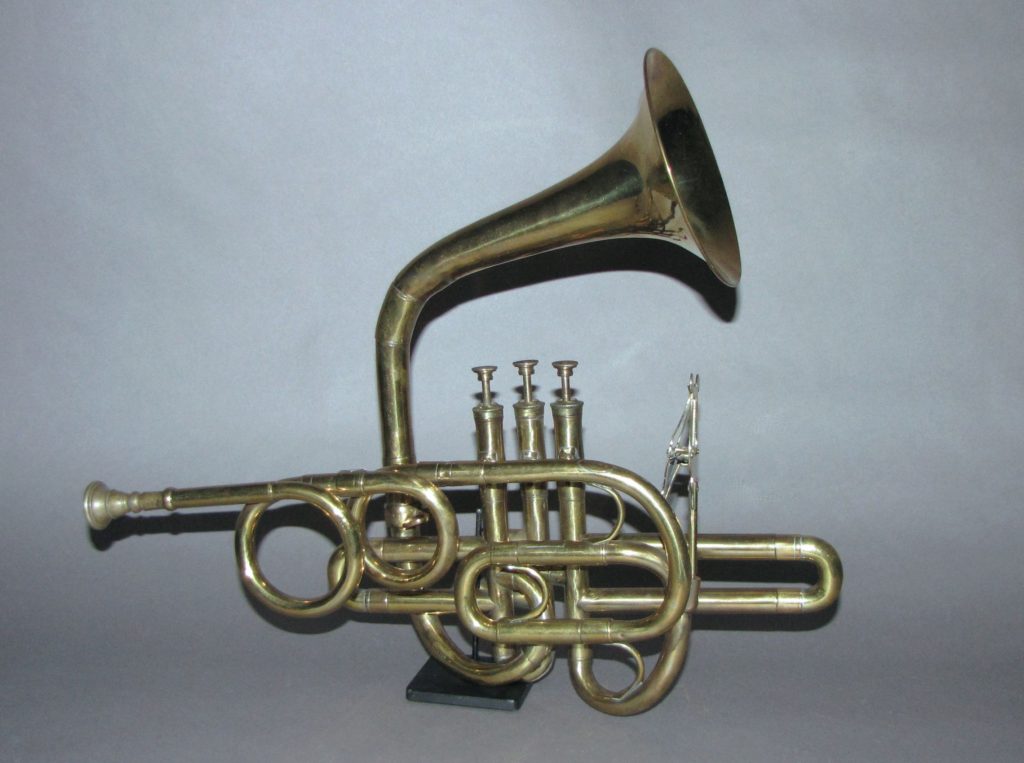
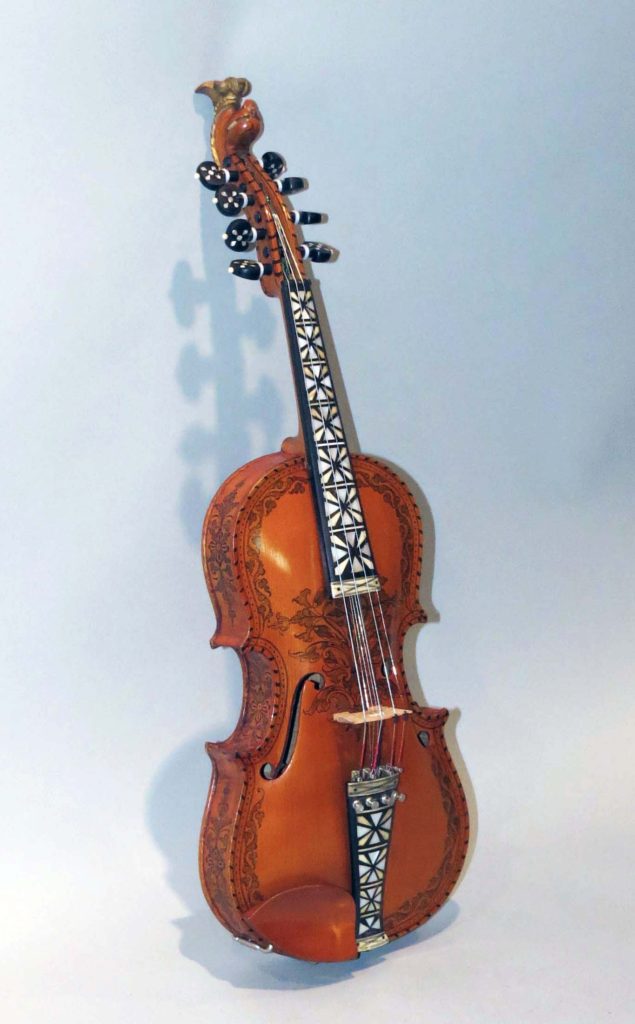
Strings
String instruments, or chordophones, are musical devices that generate sound by the vibration of a string. Chordophones have five main classifications: Musical Bow, Harp, Lute, Lyre, and Zither. In this gallery we will use both the Hornbostel & Sachs classification with their European traditional names in identifying the instruments.
Musical Bow – whereby a single string is strung end to end, to a flexible, usually wooden, stick. Types may include mouth bows, earth-resonated string bows, and gourd-resonated string bow.
Lutes – whereby strings are attached to a long neck that extends to or into a sound box that serves as a resonator to the vibrating strings, will be grouped by violins, mandolins, guitars, etc.
Harps – whereby strings are stretched at an angle and attached between the vertical neck and a horizontal soundboard and are usually triangular in shape.
Lyres – whereby strings are fixed to a crossbar between two arms in a U-shape, sometimes defined as a yoke lute.
Zithers – whereby the strings run parallel to the sound board, which is usually of one continuous shape. They will be further divided by keyboard and by psaltery types, such as dulcimers.
Percussion
Percussion instruments include those instruments that produce sound by striking, shaking, or scraping an object. These instruments may include idiophones (the object itself is the generator of sound) and membranophones (the generator of sound is a vibrating stretched membrane/skin). Percussion instruments commonly fall into the following four general categories:
Untuned Percussion – Snare Drum, Bass Drum, Tam-tam, Tom-Tom, Crash Cymbals, Gong, etc.
Auxiliary Percussion – Bird Whistle, Finger Cymbals, Jew’s Harp, Rattle, Ratchet, Slastick, Triangle, Wood Block, etc.
Latin Percussion – Agogo Bells, Bongo Drums, Claves, Cowbell, Maracas, Timbales, etc.
Drum Kit – Hi-Hat, Ride Cymbal, Splash Cymbal, Tom-Toms, etc.
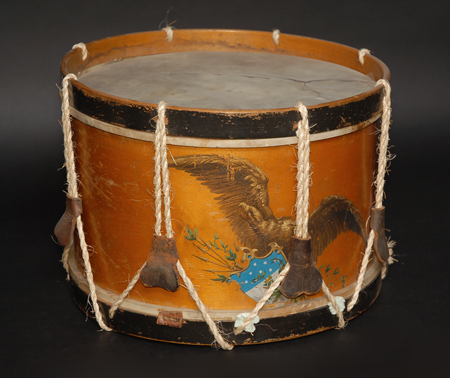
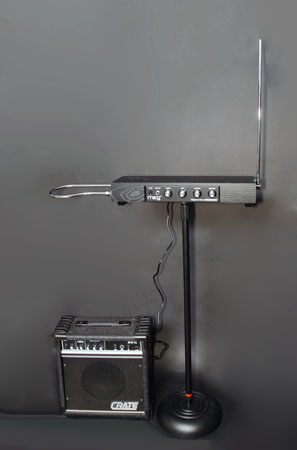
Electronics
Electronic instruments are musical instruments that make sound primarily by way of electrically driven oscillators, such as the theremin or synthesizer. A user interface device is used to control and/or adjust the properties of sound, such as frequency/pitch, intensity/dynamics, tone color/timbre, and/or duration/rhythm of each sound.
Electric instruments are referred to those musical instruments that use electronic circuits to reinforce means of amplification, such as the electric piano, electric guitar, etc. A user interface is used for adjusting the sound.
Musical Toys
Through the ages, musical toys have been made to foster musical skills in children of all ages. Musicals toys are not only entertaining, but can boost a child’s mood, get them moving and even help them learn. The two main categories are: Musical toy instruments and toys that play music. This category highlights the progression of musical toys in both materials used in construction and engineering sophistication.
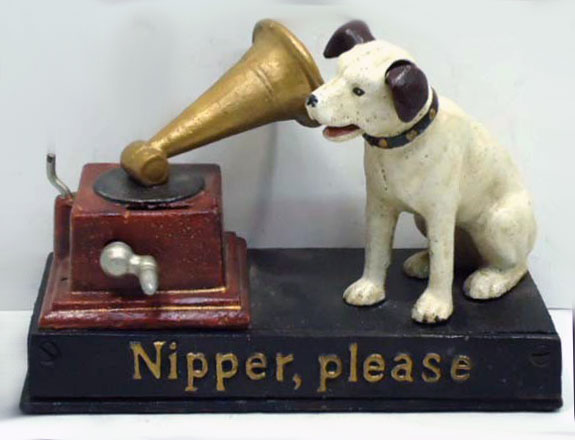
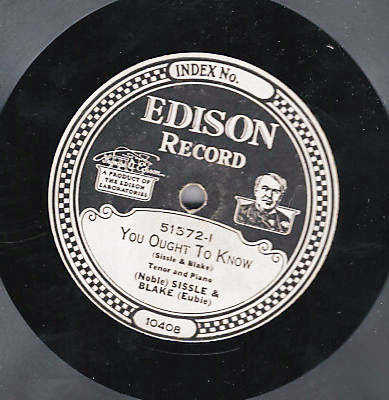
Other
Items that relate to musical instruments and performance, such as memorabilia, costumes, regalia, photographs, and sculptures are listed in the “Other” category. In the Europe and United States Gallery you can find various mouthpieces, mutes, bows and auxiliary equipment used by musicians. The transmission of sound, such as phonographs, microphones, recording equipment, and the recordings themselves in various formats are also listed in the Europe and United States and in the American Jazz Galleries, under the “Other” category.
